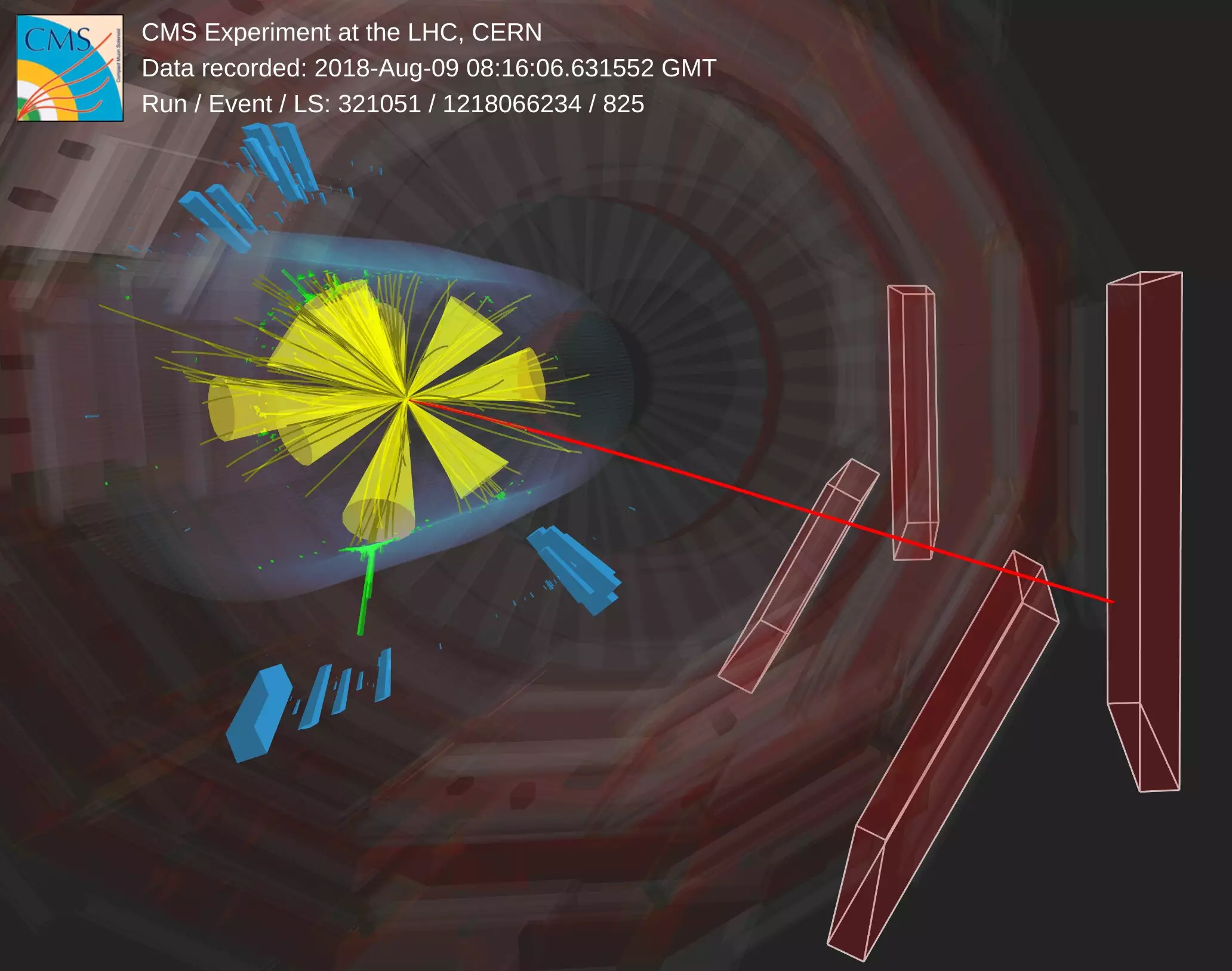Supersymmetry (SUSY) has long been an intriguing theory in the field of particle physics, offering potential solutions to some of the most pressing questions in the field. One of the key predictions of SUSY is the existence of superpartners for all known particles, each with slightly different properties. For instance, the top quark in the Standard Model would have a corresponding superpartner known as the top squark or “stop.”
Recently, in 2021, the CMS collaboration at the Large Hadron Collider (LHC) analyzed data collected from 2016 to 2018 and discovered features that hinted at the possible presence of stop particles. The significance of this finding was that the likelihood of the observed data being solely due to known particles was less than 5%. In order to further investigate this potential discovery, the CMS collaboration decided to reanalyze the existing data using enhanced analysis techniques rather than waiting for additional data collection.
The analysis focused on the simultaneous production of pairs of stops, with each stop decaying into a top quark along with multiple lighter quarks or gluons, ultimately forming clusters of particles known as “jets” in the detector. Distinguishing this signal from the background noise posed a significant challenge, as the production of top quarks with accompanying jets in the Standard Model can also result in a similar particle footprint.
Traditionally, the ABCD method has been a common approach for estimating background signals using uncorrelated observables. However, in the case of the stop search, all simple variables were found to be correlated, rendering the traditional ABCD method ineffective. To address this limitation, researchers at CMS developed a novel approach leveraging advanced machine-learning techniques to identify two minimally correlated variables for data division.
By utilizing this innovative method, the CMS collaboration was able to more accurately predict the dominant background in the analysis based on observed data, eliminating the uncertainties associated with traditional simulation methods. This significant improvement in analysis sensitivity allowed researchers to conclusively determine that if a signal for stop particles existed, their mass would need to exceed 700 GeV in specific SUSY scenarios.
With the newfound capabilities in analysis sensitivity, physicists at the LHC are excited to delve deeper into the data collected during the ongoing Run 3 to further explore the mysteries of supersymmetry. This advanced methodology opens up new possibilities for uncovering the hidden secrets of nature and pushing the boundaries of particle physics research.
The quest for supersymmetry at the LHC continues to be a fascinating journey filled with challenges, innovation, and groundbreaking discoveries. The dedication and ingenuity of researchers in adapting analysis techniques to overcome obstacles demonstrate the relentless pursuit of knowledge and the unwavering commitment to unraveling the mysteries of the universe.


Leave a Reply